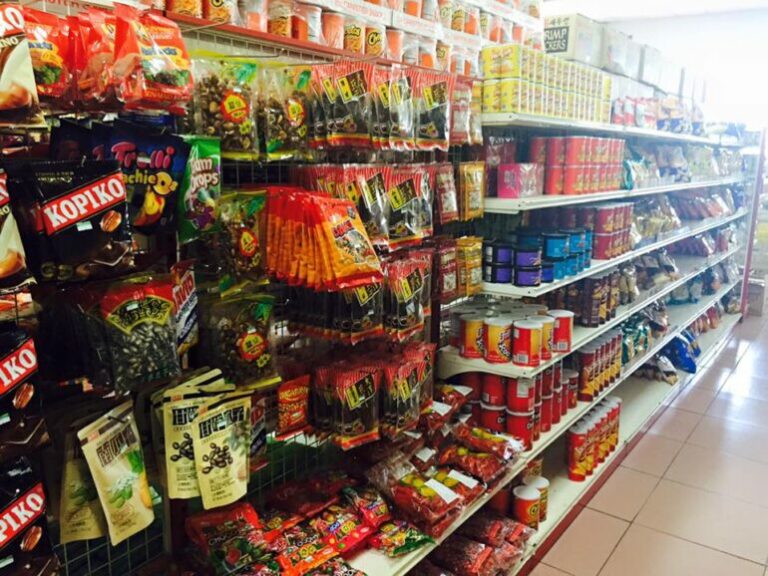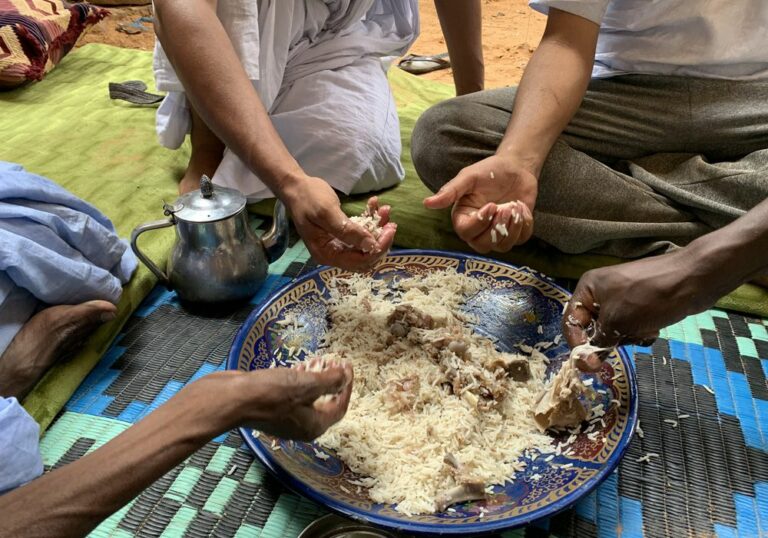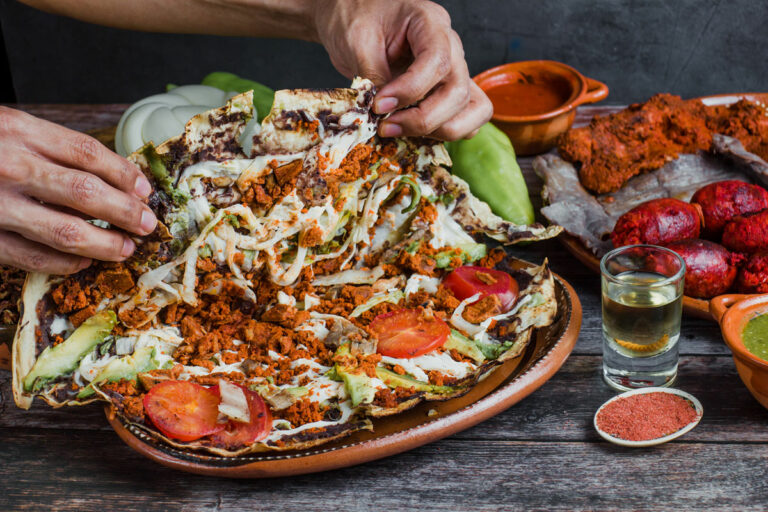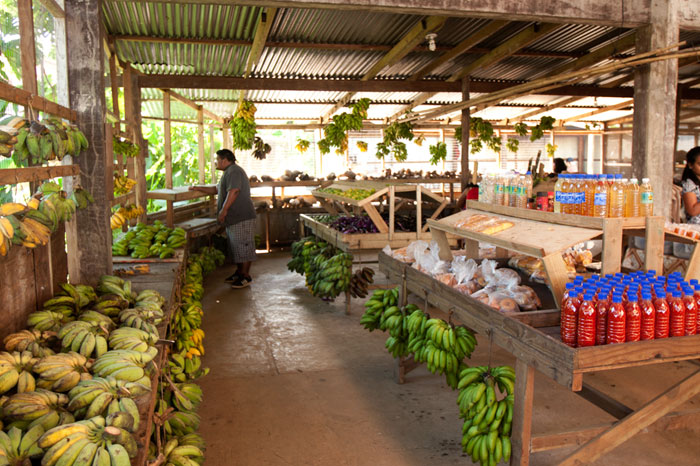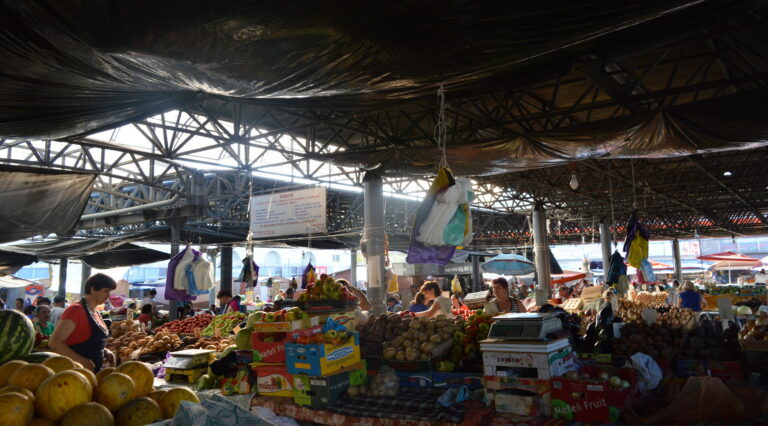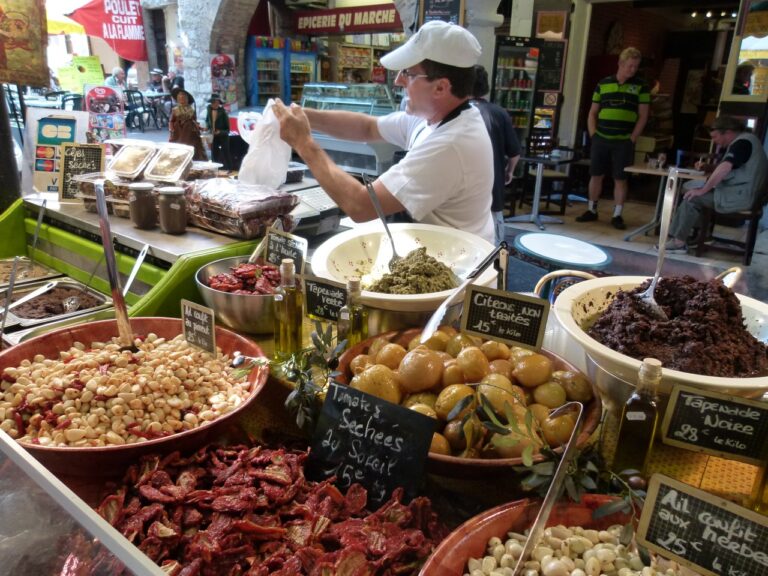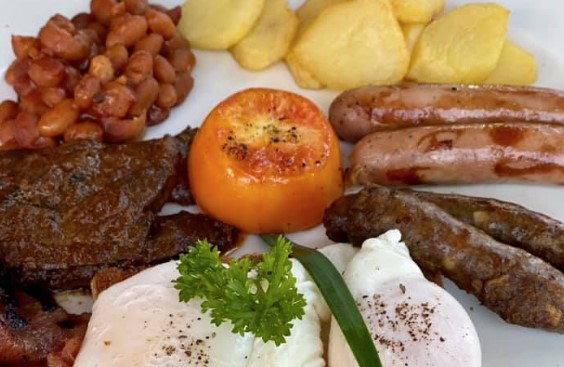Introduction: Exploring the Food Scene in the Marshall Islands
Situated in the Pacific Ocean, the Marshall Islands is a chain of islands that boasts a rich and diverse cuisine. The food scene in this island nation is a melting pot of different cultures that has been influenced by its history, economy, and geography. From traditional dishes to modern fusion cuisine, the Marshall Islands have something to offer to every food lover. In this article, we will explore the food markets and street food vendors in the Marshall Islands and guide you on what to expect and where to find the best local delicacies.
Food Markets in the Marshall Islands: What to Expect
Food markets in the Marshall Islands are the go-to places for locals to buy fresh produce, meat, fish, and other food items. They are usually open early in the morning, and the best time to visit is around 6-7 am when the vendors have just set up their stalls. The most popular food markets in the Marshall Islands are located in Majuro, the capital city, and Ebeye, the second-largest island. These markets offer a wide range of products, from tropical fruits and vegetables to freshly caught fish and seafood. Visitors can also find imported items like canned goods, snacks, and beverages.
When visiting a food market in the Marshall Islands, it is essential to bring cash and small denominations as not all vendors accept credit cards or large bills. Bargaining is also a common practice, so visitors should be prepared to negotiate prices. The atmosphere is usually busy and vibrant, with vendors shouting out their products and locals chatting and haggling. It is an excellent opportunity to immerse oneself in the local culture and taste some of the freshest and most authentic foods in the Marshall Islands.
A Guide to Street Food Vendors in the Marshall Islands
Street food vendors are prevalent in the Marshall Islands, especially in Majuro and Ebeye. They offer a quick and affordable way to sample the local cuisine and are often located near busy areas like markets, beaches, and bus stops. Some of the most popular street food items in the Marshall Islands include BBQ skewers, fried chicken, fish burgers, and coconut-based desserts like buñelos and bibingka.
Visitors should be cautious when selecting street food vendors and ensure that they are operating in a clean and sanitary environment. It is also advisable to ask the vendors about the ingredients and preparation methods to avoid any allergic reactions or food poisoning. Overall, street food in the Marshall Islands is a great way to experience the local food culture and is a must-try for any food enthusiast.
Local Delicacies to Try on Your Next Visit to the Marshall Islands
The Marshall Islands have a variety of unique and flavorful dishes that reflect its cultural diversity. Some of the must-try local delicacies include:
- Ika Mata: A traditional dish made with raw fish marinated in coconut cream, lime, and onions.
- Chicken Kelaguen: A chicken salad mixed with lemon, onions, and coconut.
- Dried Breadfruit Chips: A popular snack made by slicing and drying breadfruit, a staple food in the Marshall Islands.
- Palu Sami: A dessert made with sweetened coconut milk and gelatin.
These dishes can be found in food markets, restaurants, and street food vendors across the islands and are a great way to experience the rich and diverse cuisine of the Marshall Islands.
Finding the Best Food Markets and Vendors in the Marshall Islands
To find the best food markets and vendors in the Marshall Islands, visitors can ask locals for recommendations or check online forums and travel guides. Some of the most well-known food markets in Majuro include the Delap Fresh Market, the Uliga Market, and the Barefoot Market. For street food, visitors can explore the main streets of Majuro or Ebeye and look for food carts or stalls that have a high volume of customers.
When exploring food markets and street food vendors in the Marshall Islands, visitors should exercise caution and follow proper hygiene practices. It is also advisable to bring a reusable bag to reduce plastic waste and support environmental conservation efforts.
Conclusion: Sampling the Rich and Diverse Cuisine of the Marshall Islands
The Marshall Islands have a food scene that is shaped by its unique history and culture. Visitors can explore the local food markets and street food vendors to taste some of the freshest and most authentic foods in the Pacific. From traditional dishes to modern fusion cuisine, the Marshall Islands have something to offer to every food lover. By following proper hygiene practices and exploring with an open mind, visitors can experience the rich and diverse cuisine of the Marshall Islands and create lasting memories of their trip.

